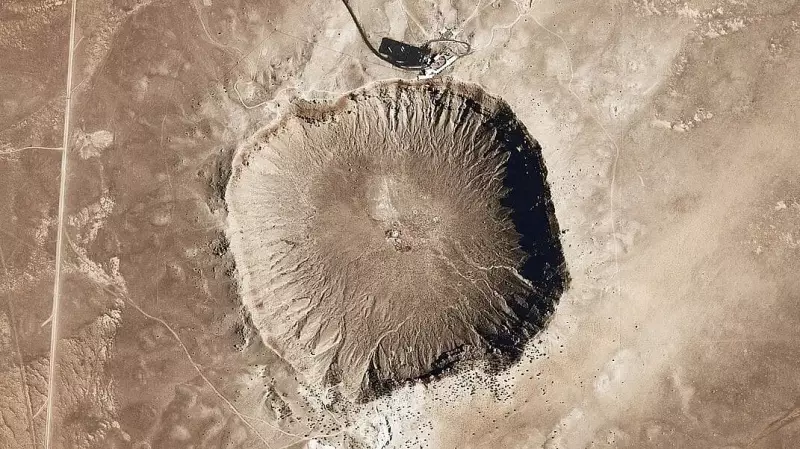
In the vast, sun-scorched landscape of Western Australia's outback, one of the continent's most famous geological landmarks is playing an unexpected game of hide-and-seek with science. The Wolfe Creek Crater, long celebrated as Australia's second-largest meteorite crater, is revealing secrets that challenge everything we thought we knew about its history.
The Age Conundrum That's Rewriting History
For decades, scientists believed this massive impact crater was approximately 300,000 years old. However, groundbreaking new research tells a dramatically different story. Advanced dating techniques now suggest the crater might be only about 120,000 years old – making it significantly younger than previously estimated.
Dr. Tim Barrows from the University of Wollongong, lead researcher on this fascinating project, explains the implications: "This isn't just about correcting a number in a textbook. The revised age fundamentally changes our understanding of how quickly these geological features evolve and disappear in Australia's unique environment."
Why Crater Disappearance Matters
The Wolfe Creek Crater's potential "vanishing act" isn't just scientific curiosity – it has real implications for how we understand Earth's cosmic history. Most meteorite craters on our planet are ancient, dating back millions of years. Having a relatively young crater like Wolfe Creek provides scientists with a rare opportunity to study impact processes in much greater detail.
The erosion rate in Australia's arid environment appears to be much faster than anyone anticipated, suggesting that many other impact craters might have disappeared completely, leaving no trace of cosmic collisions that once shaped our landscape.
Cultural Significance and Scientific Value
Beyond the scientific importance, Wolfe Creek Crater holds deep cultural significance for Indigenous Australians. Known as "Kandimalal" to Traditional Owners, the site features prominently in Aboriginal astronomy and Dreamtime stories that have been passed down through generations.
The new research also highlights the sophisticated understanding Aboriginal people had of celestial events long before Western science arrived on the continent. Their oral histories preserved knowledge of the crater's formation in ways that modern science is only now beginning to fully appreciate.
What This Means for Future Research
This geological mystery has broader implications for how we search for and study impact craters worldwide. If craters can disappear this quickly in certain environments, we may need to reconsider:
- How many meteorite impacts we've potentially missed in the geological record
- The true rate of cosmic collisions on Earth
- Preservation methods for younger craters in similar environments
The ongoing research at Wolfe Creek Crater demonstrates that even well-studied landmarks can still surprise us, reminding scientists that nature always has more secrets to reveal.





